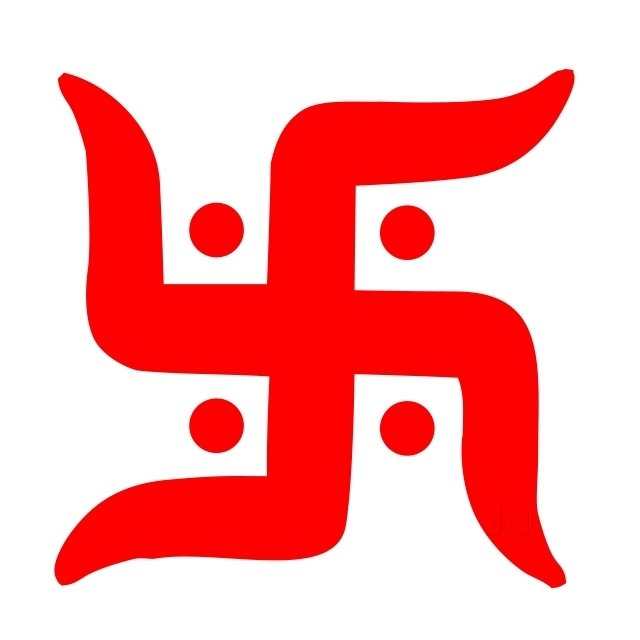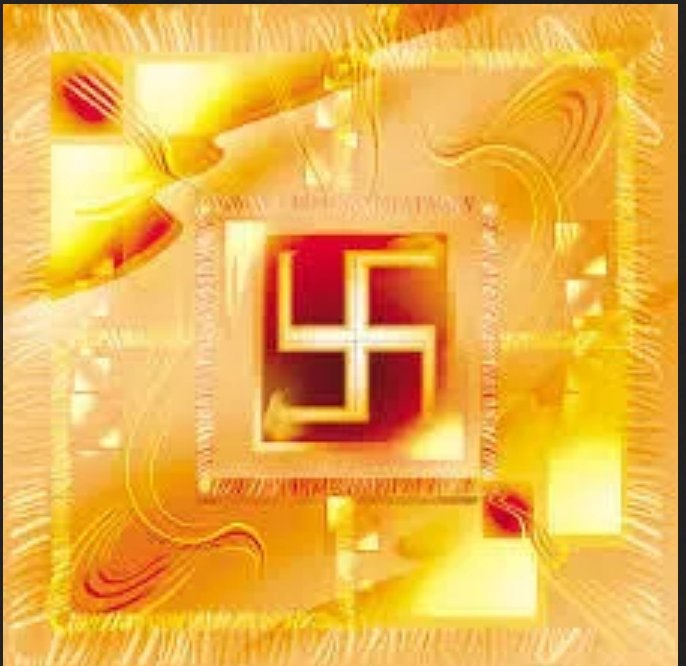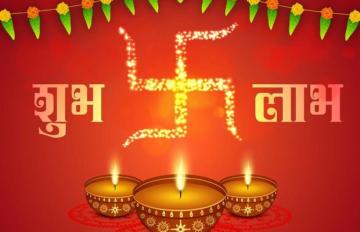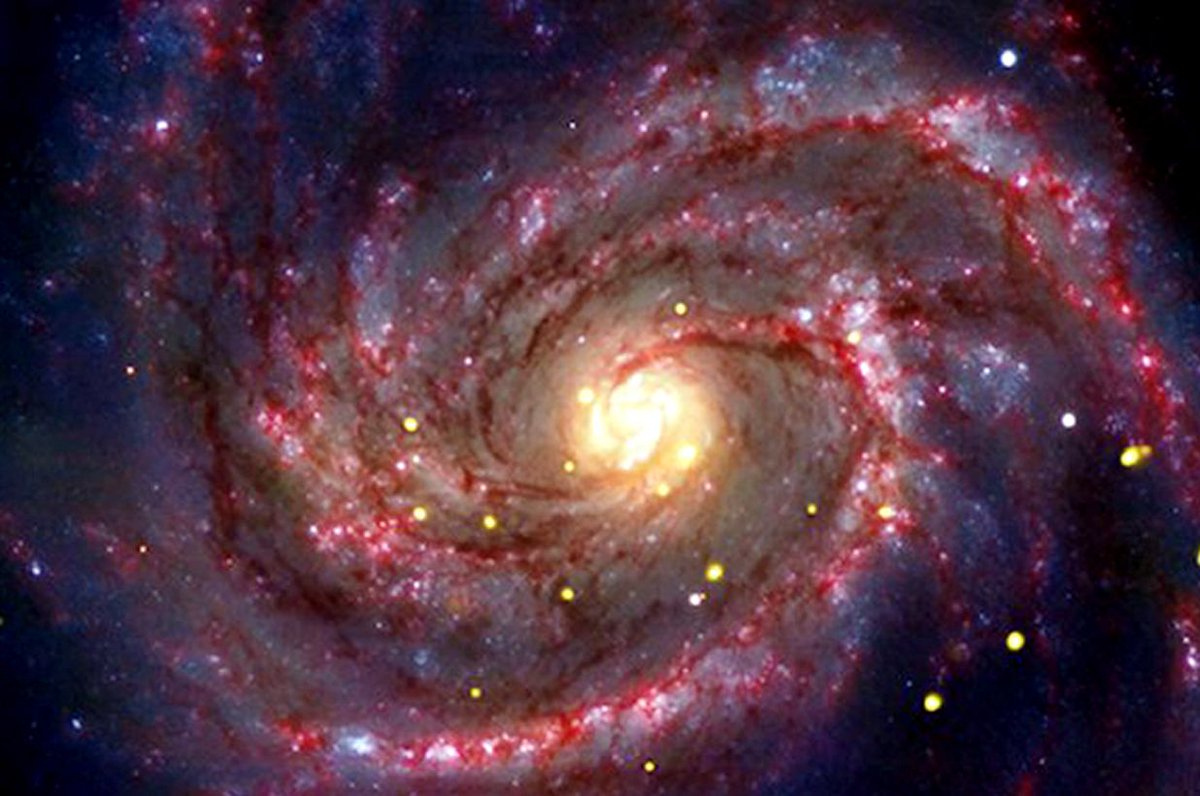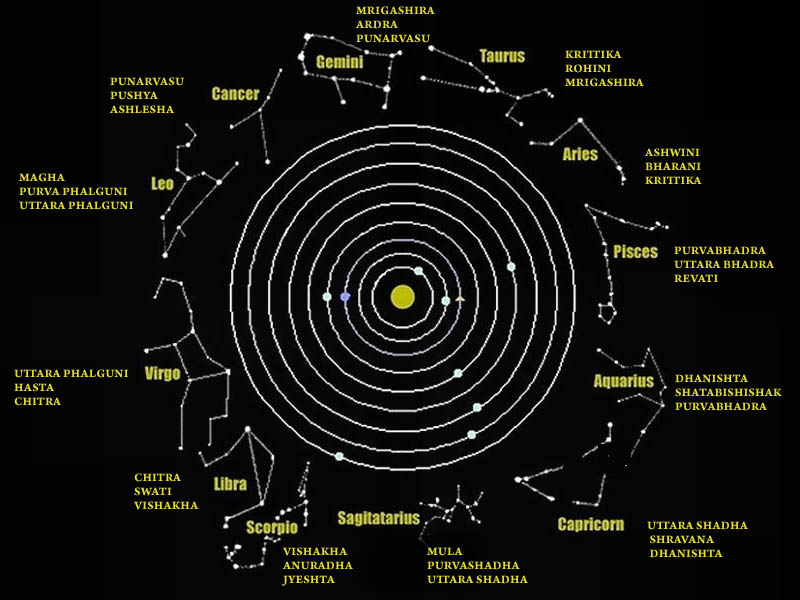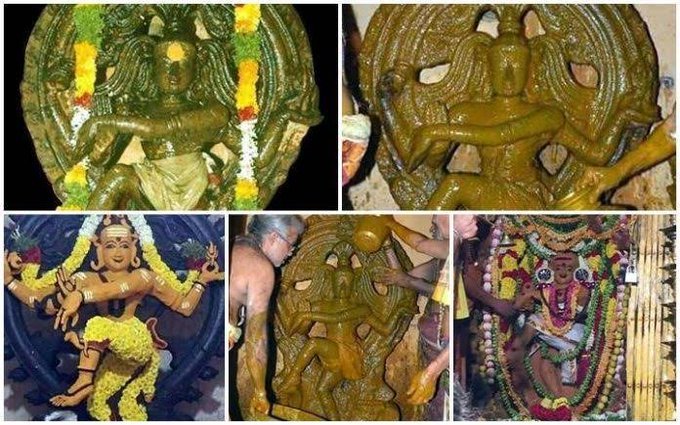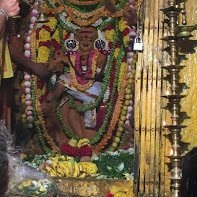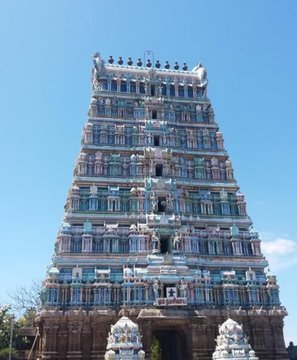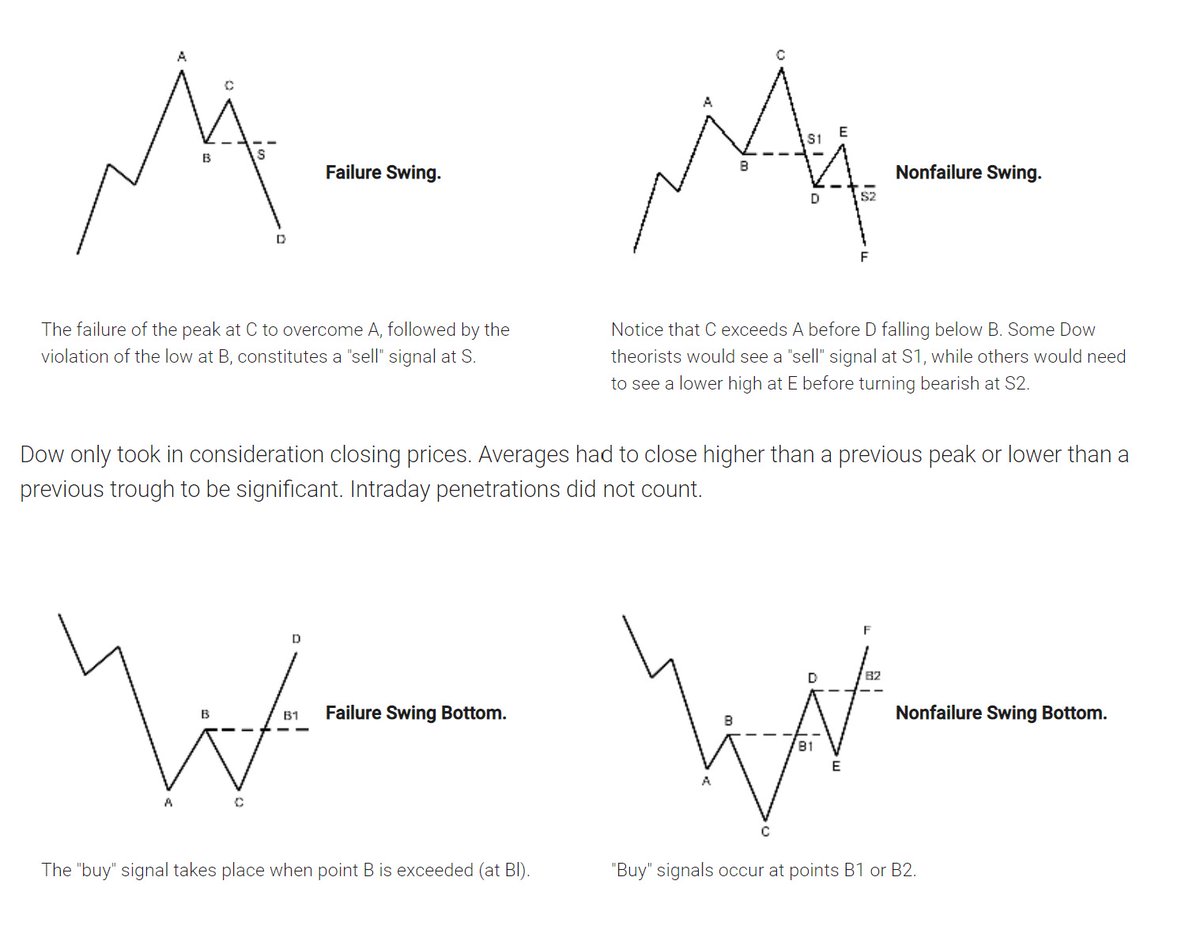The word 'Vishwakarma' was originally used as an epithet for any powerful deity.
However, in many later traditions, Vishwakarma became the name of the craftsman god.
He is also the presiding god of all engineers, architects, builders, carpenters, and craftsmen.
He is often stated to be the son of Brahma, but it differs in many other texts. In the Nirukta and Brahmanas he is stated to be the son of Bhuvana. In the Mahabharata and Harivansha, he is the son of Vasu Prabhasa and Yoga-siddha. In the Puranas, he is the son of Vastu.
Vishwakarma is the father of three daughters named Barhishmati, Samjna and Chitrangada. In other texts Vishvakarma is presented as the husband of Gritachi. When identified with Tvastar, Vishvakarma is also described to be the father of a son named Vishvarupa.
The term Visvakarman was originally used as an epithet for any supreme god and as an attribute of Indra and the Sun. The name Visvakarman occurs five times in the tenth book of the Rigveda.
The two hymns of the Rigveda identify Visvakarman as all-seeing, and having eyes, faces, arms and feet on every side and also has wings.
Brahma, the later god of creation, who is four-faced and four-armed resembles him in these aspects.
He is represented as being source of all prosperity,titled a seer,priest and God of speech.
According to some parts of the Rigveda,Vishwakarma was the personification of ultimate reality,the abstract creative power inherent in deities,living and non-living being in this universe.
He is considered to be the 5th monotheistic God concept.
He is both the Architect & the Divine Engineer of the Universe from before the advent of time.
The later parts of the Rigveda reveals efforts to find a satisfactory answer to the mysteries regarding origin of the universe.
The creation hymns present in parts of Rigveda mention individual creator gods as opposed to the collection of gods&their chiefs (Indra,Varuna,Agni etc.) creating the world.
Vishwakarma is visualized as the Ultimate reality in RigVeda from whose navel all visible things emanate
The same imagery is seen in Yajurvedapurush sukta,where the divine smith Tvastar originates from Vishwakarma. This concept developed later in puranic period as Padmanabha. As he is invoked as unborn,he is primordial personification of the upanishadic abstract concept Parabrahman.
In the Vedic period the term first appeared as an epithet of Indra,Surya and Agni. In that time Brahma might have been hidden in the concept of Vastospati or Brahmanaspati.
In the last phase of vedic period and during the growth of monotheism, the top position of God was gradually assigned to Vishwakarma who was perceived as a universal father, the creator and an all seeing god who has faces, eyes and feet on every side;..
..and who produced all the Heavenly, Earthly and other Celestial realms and preserves them through the exercise of his arms and wings. He is the name giver of all later gods. He sacrificed himself to himself for the evolution of this visible world, thus he is Purusha.
His attributes like Vachaspathy connect him with Brahaspati (the Guru of Gods). Again, Yajurveda pictured him as Prajapati (the God of Creation), and in the Atharva veda he is Pasupathy. Shwethashwatharopanishad described him as the one who is dwelling in all living forms.
Later in the post vedic period, the term appeared as a Rsi as well as a Silpi. The Rsi Bhuvana Vishwakarma (Atharva/Angirasa Gothra) was the author of Rg 10-81,82 suktha, whereas Silpi Vishwakarma (Prabasa Vishwakarma) was probably the son of Prabhas, the eighth hermit of...
...the eighth hermit of the Legendary Astam Vasu and Yogasiddha, sister of Brihaspati. He is said to have revealed the Sthapatyaveda or Fourth Upa-Veda and presides over the 64 mechanical arts.





